Estimated reading time: 12 minutes
If you’ve ever watched your furry friend rhythmically press their paws into their blanket, you might find yourself puzzled by this curious canine behavior. Dog owners often wonder why their loyal companions engage in what looks like a feline kneading session.
Are they simply finding a cozy spot to curl up on, or is there more to this story?
This article will explore the reasons behind your dog’s affectionate blanket kneading and provide insights into when this behavior might cross from adorable to excessive.
Key Takeaways
- Dogs start kneading as puppies, when they pushed on their mom’s belly for milk. This action can make them feel safe and happy.
- Dogs also knead to mark their spot with the scent glands in their paws. They press into things to say “this is mine!”
- If your dog kneads too much or gets rough, it could mean they are stressed or have health problems. It’s good to watch how much they do this.
- Giving your dog toys and playing with them can help stop too much kneading. It keeps their mind busy and lets them use up energy.
- Talking to a vet or a dog trainer can help if you’re worried about your dog’s kneading. They know lots about why dogs act certain ways.
Understanding Kneading in Dogs
The Root of Kneading Behavior
Kneading might look like your dog is trying to get comfy, but it’s more than that. It traces back to puppy days. Little pups knead and suck for milk. This gets them food and love—two big deals! Even as grown-ups, many dogs still do this on blankets or toys.
The action of pressing paws may also be about marking territory. Dogs have scent glands in their paws; when they knead, they leave a bit of their smell behind. This tells other animals, “this is my spot!” So kneading can make your pet feel both happy and boss of the blanket!

Comparing Kneading in Dogs and Cats
Dogs and cats both use kneading as a way to show their feelings. But they do it for different reasons. While cat kneading is often linked to comfort and the memories of nursing from when they were kittens, dogs may knead as part of their instinctive behavior from puppyhood.
Cats usually find a soft spot like a pillow or blanket and push in and out with their front paws, looking very relaxed.
Dogs might also press on soft things with their paws, but sometimes this action can mean they are feeling anxious or trying to mark their territory with the scent in their paws. Puppies press down while feeding from their mother to help the milk flow.
This rhythm sticks with them as they grow up. If your dog starts pressing on his bed or toys, he could be going back to those early days for comfort or because it just feels right.
Kneading vs. Other Canine Behaviors
Kneading, commonly observed in cats, can also be seen in dogs. This behavior involves the rhythmic pushing and pulling of their paws against a soft surface like a blanket or bedding.
While kneading is often associated with comfort and relaxation, it’s important to differentiate this behavior from other canine actions such as digging, scratching, or pawing. Dogs may knead for various reasons including seeking attention, marking their territory with scent glands in their paws, or as an instinctual behavior carried over from puppyhood.
When observing your dog’s actions like kneading and biting a blanket or bedding, it’s crucial to consider factors such as changes in behavior indicating discomfort or anxiety. This can help identify underlying issues that need attention and address any potential health concerns early on.
Reasons Behind Kneading in Dogs
Comfort and Stress Relief
Just like people, dogs find kneading their blankets a cozy way to relax and feel safe. This action can calm them down and make them feel better when they’re worried or scared. Think of it as a pup’s version of hugging a teddy bear! Kneading may seem like just a cute quirk, but it’s actually an important sign your furry friend is looking for some comfort.
Your dog might start pressing their paws into their bed because they enjoy the softness and warmth. It’s also a soothing move for many pups, especially if they’re feeling nervous or alone.
By moving their paws against something cuddly, they create a snug spot that smells familiar and feels like home. This helps them settle down and can even be cozy enough to nap in!
Scent Marking and Territorial Behavior
After seeking comfort and stress relief, dogs may knead as a way to mark their territory. This behavior is commonly observed in domesticated dogs and serves as a form of communication with other animals.
Kneading is an instinctive behavior seen in many breeds, which allows dogs to leave their scent on blankets or toys, signifying ownership and dominance. It’s important for pet owners to understand that when their dog kneads, it’s often related to territorial marking, rather than just seeking comfort or relieving stress.
Dogs will knead not only for comfort but also to mark their territory through the release of their unique scent from glands located between the pads of their paws.
Instinctual Behaviors from Puppyhood
From their puppyhood, dogs exhibit instinctual behaviors like kneading. It’s a behavior inherited from when they were puppies and used to knead their mother’s teats to stimulate milk flow.
This instinct can carry into adulthood and is often associated with feelings of comfort and security for dogs. The act of kneading may make them feel like they did when nursing, providing a sense of contentment.
Adult dogs may also display this behavior as a way to mark their territory with scent from the sweat glands in their paws. Kneading can be linked to stress relief or seeking attention too, stemming back to the nurturing care received during their puppy stage.
Seeking Attention and Affection
Dogs knead their blankets or toys when they want attention and affection. This behavior is similar to how puppies seek comfort from their mother. When your dog kneads, it’s a way of expressing the need for care and closeness.
The action also releases feel-good hormones that help them relax and feel content. So, when you see your dog kneading, it’s often because they are looking for attention and love from you.
Kneading is an instinctive behavior in dogs that begins in puppyhood as a way to seek comfort and security. When dogs do this as adults, it’s usually to recreate the feeling of being nurtured, showing that they desire attention and love from their owners.
The Science Behind Canine Kneading
Biological and Evolutionary Factors
Dogs have inherited their kneading behavior from their wild ancestors, who used this action to create a soft and safe spot for resting. This instinct stems from the need to flatten and prepare the ground before lying down, as well as marking territory with scent glands in their paws.
These behaviors helped ancestral dogs create comfortable sleeping areas while also leaving their scent behind to communicate with other pack members.
The evolution of dogs has also influenced kneading behavior. They are descendants of wolves, which were territorial animals that marked their living spaces through paw movements and scent marking.
Dogs’ unique brain anatomy and neural networks have evolved differently than those of cats, affecting how they exhibit instincts like kneading. Understanding these biological and evolutionary factors can shed light on why your dog exhibits such behaviors today.
The Role of Paws and Claws in Kneading
Dogs use their paws and claws to knead, just like cats. When dogs knead, they push in and out with their front paws while flexing their toes. This behavior is often accompanied by rhythmic movements of the dog’s claws against the surface being kneaded.
The action of kneading along with the use of claws resembles behaviors seen in puppies when nursing from their mother.
Kneading helps dogs find a comfortable spot to rest or sleep as it may help them create a cozy sleeping area. It’s also a way for dogs to mark their territory, as glands between the dog’s toes release scents onto the surface they are kneading.
Kneading as an Indication of Well-being
Dogs knead as a natural behavior, often linked to feelings of comfort and security. The rhythmic motion of kneading can help dogs relax and soothe themselves, similar to how humans might find relief in hugging a pillow or rubbing their temples.
This behavior is also associated with early puppyhood feeding habits, reflecting an instinctive response rooted in the need for nourishment and safety. Furthermore, when your dog kneads his blanket or bedding, it may indicate contentment and well-being, as this action releases endorphins that promote relaxation and happiness in dogs.
Kneading can be an indication that your pet is feeling secure and at ease within their environment. It’s essential to pay attention to other accompanying behaviors and body language cues from your canine companion to better understand the meaning behind their kneading actions.

The Impact of Kneading on Dogs and Their Owners
Building Bonds Through Kneading
When your dog kneads his blanket, he’s not just making himself comfortable – he’s also showing you love. This natural behavior is a way for dogs to bond with their owners and express contentment.
By understanding this action, pet owners can strengthen their connection with their furry friends. So, the next time you see your dog kneading his blanket, know that it’s an opportunity to build a deeper bond between the two of you.
Understanding this behavior allows pet owners to appreciate the unique ways in which dogs communicate affection and security. Embracing and acknowledging your dog’s kneading not only fosters a stronger relationship but also provides a source of comfort for both pets and their owners.
Identifying Underlying Health Issues Through Kneading Behavior
When your dog is kneading, it’s more than just a quirky behavior – it can be an indication of underlying health issues. Excessive and persistent blanket sucking or kneading may signal discomfort or pain in your dog.
It could also be a coping mechanism for anxiety or stress. So, paying attention to these behaviors is crucial as they might point towards something beyond just routine habits. From dental problems to skin irritations, there are various health issues that could manifest through your dog’s kneading behavior.
Regular vet check-ups can help rule out any potential health concerns and ensure your pup’s well-being.
Identifying underlying health issues associated with kneading is critical for providing timely medical intervention if required, and maintaining your furry friend’s overall wellness.
Kneading as a Sign of Contentment or Anxiety
Understanding your dog’s kneading behavior can offer insights into their emotional state. When dogs knead their blankets or bedding, it could indicate a sense of contentment and relaxation.
This rhythmic motion often reflects the comfort and security they feel in their environment. On the flip side, excessive or frantic kneading might point to underlying anxiety or stress.
Dogs may engage in this behavior when they are trying to soothe themselves or seek comfort during unsettling situations. It’s important for pet owners to observe their dog’s body language and overall demeanor to understand whether kneading is a sign of contentment or a potential indicator of anxiety.
Addressing Excessive Kneading in Dogs
If your dog is excessively kneading, it may indicate an underlying issue that needs to be addressed. Differentiating between normal and destructive kneading behavior is crucial in managing and addressing the problem effectively.
Enhancing canine enrichment through interactive toys and activities can help reduce excessive kneading habits. Additionally, seeking professional training and behavior management can provide guidance on how to address this behavior and prevent your dog from kneading excessively.
Differentiating Between Normal and Destructive Kneading
When assessing your dog’s kneading behavior, it’s important to differentiate between normal and destructive actions. Here are some key points to consider:
- Normal Kneading: Occasional and gentle kneading behavior is typical for dogs. It usually occurs in comfortable and relaxed situations, such as when they are settling down for a nap or seeking comfort.
- Destructive Kneading: Excessive, frantic, or aggressive kneading may indicate stress, anxiety, or boredom. Destructive kneading can lead to damage of furniture, blankets, or other items.
- Signs of Distress: Pay attention to your dog’s body language during kneading; signs of distress include tense muscles, dilated pupils, and avoidance of eye contact.
- Seeking Professional Advice: Consult a veterinarian or professional dog trainer if you are concerned about your dog’s kneading behavior. They can provide tailored advice based on your dog’s specific needs and behaviors.
- Addressing Underlying Issues: If destructive kneading persists, it may be beneficial to explore potential underlying issues such as separation anxiety or insufficient physical and mental stimulation. Creating a stimulating environment through interactive toys and regular exercise can help alleviate destructive behaviors.
Ways to Reduce Kneading Issues
To help reduce your dog’s excessive kneading behavior, you can enhance their enrichment through the following methods:
- Provide interactive puzzle toys to keep your dog mentally stimulated and engaged, redirecting their focus away from kneading.
- Engage in regular physical exercise such as walks, runs, or playtime to tire out your dog both mentally and physically, reducing the likelihood of excessive kneading due to boredom.
- Create a calming environment with a comfortable bed or blanket that carries your scent, providing reassurance and minimizing the need for kneading as a self-soothing behavior.
- Offer chew toys or bones that satisfy your dog’s natural instinct to gnaw and chew, diverting their attention from kneading while promoting dental health.
- Rotate and vary your dog’s toys regularly to prevent monotony and increase mental stimulation, decreasing the urge for excessive kneading out of habit or lack of interest.

Conclusion
Understanding the reasons why dogs knead their blankets enhances our bond with them. By recognizing the reasons behind this behavior, we can provide them with the comfort and security they seek.
Taking simple steps to address excessive kneading can significantly improve their well-being and reduce any related stress or anxiety. Exploring further resources about canine behavior and communication can deepen our understanding of our furry companions, enriching our relationship with them.
Embracing these insights empowers us to create a nurturing environment that supports our dog’s natural behaviors and emotional needs.
As an Amazon Associate I earn from qualifying purchases.
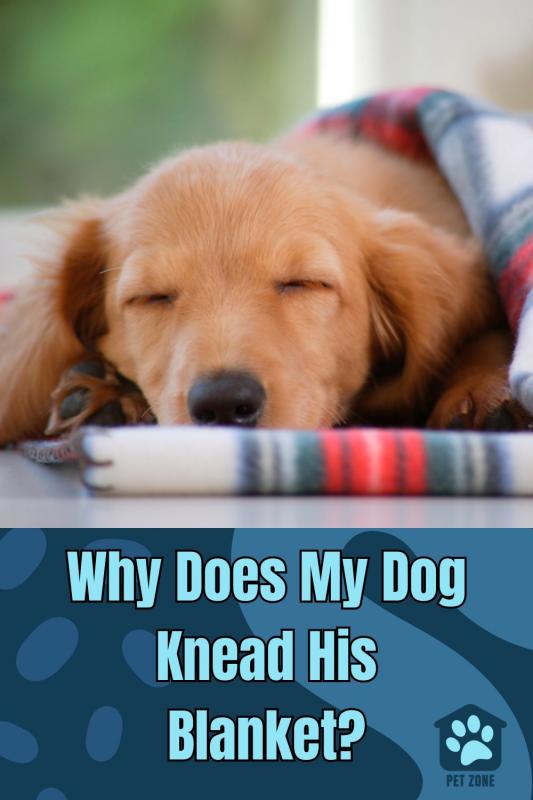



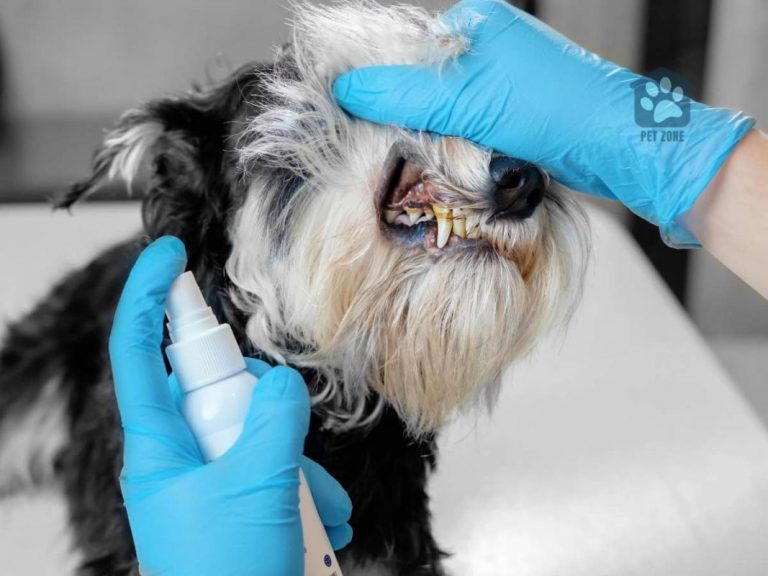
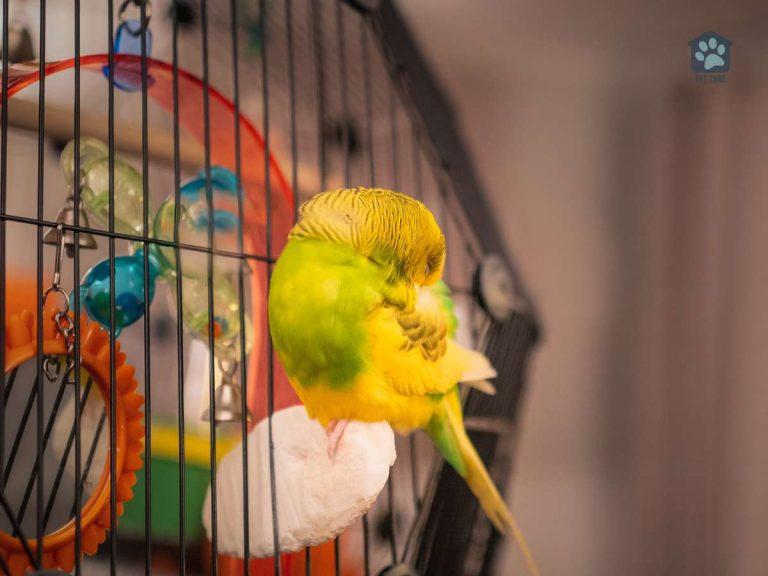
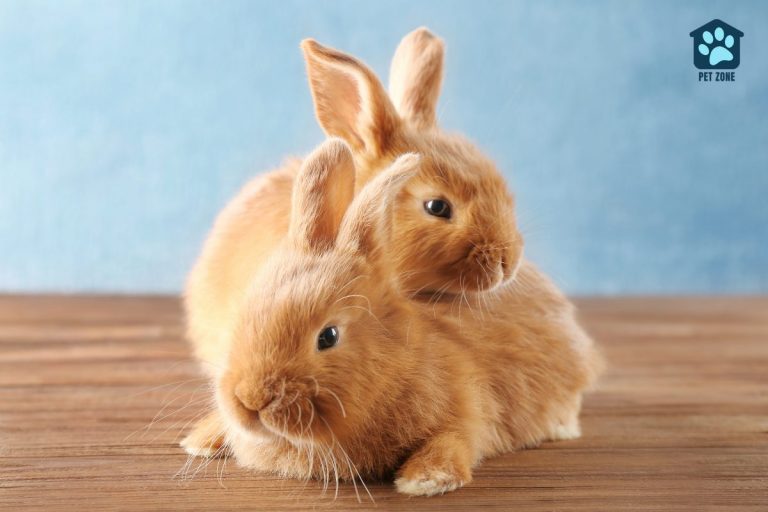
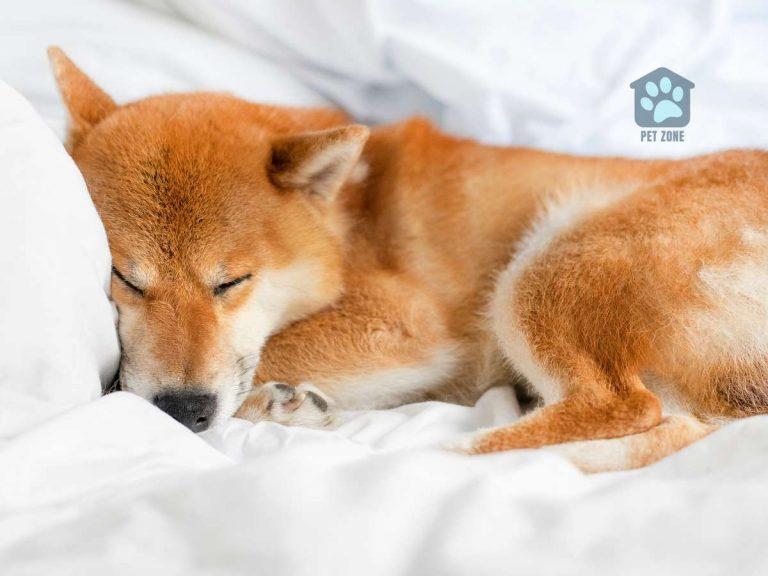
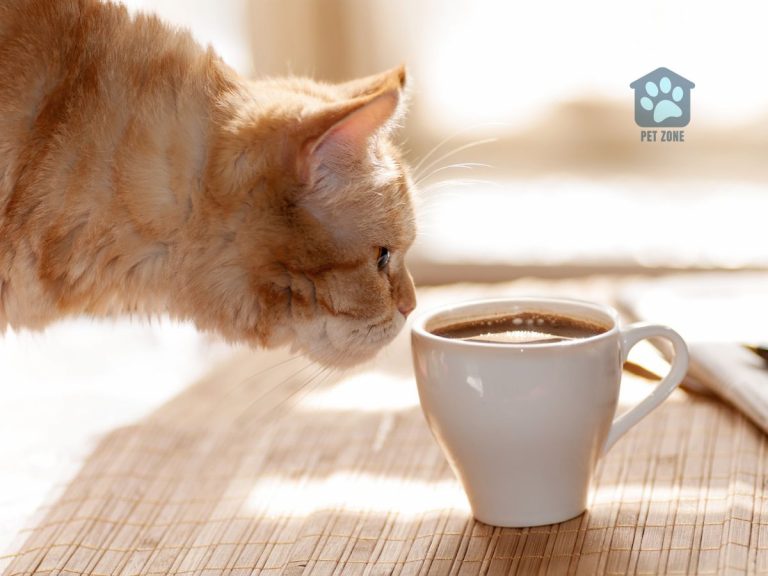

In addition to kneading, my little one always needs to make at least 4-5 turns to find just the perfect spot to be well. It is so fun to watch 😀
Thank you for putting this article together!